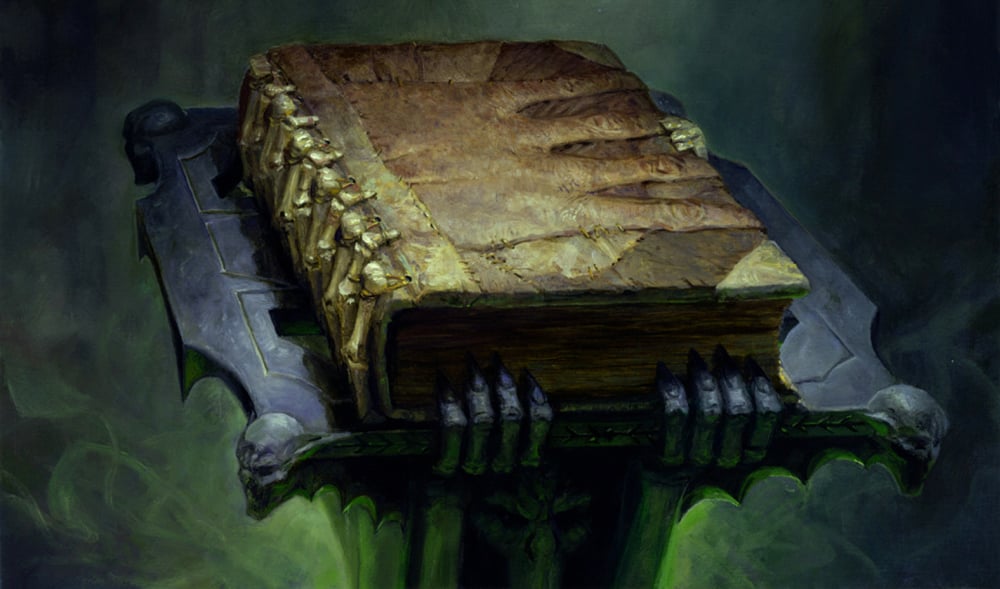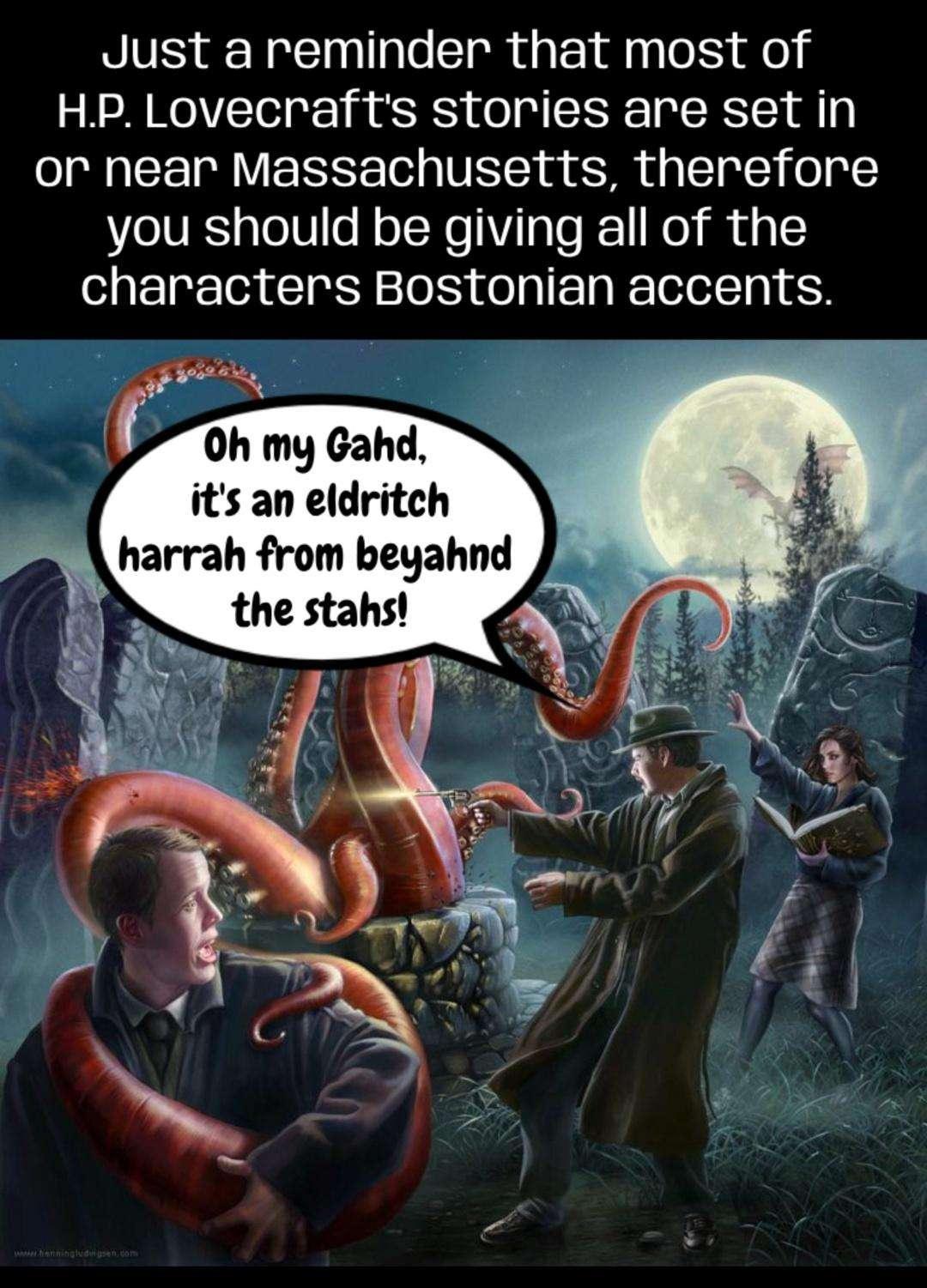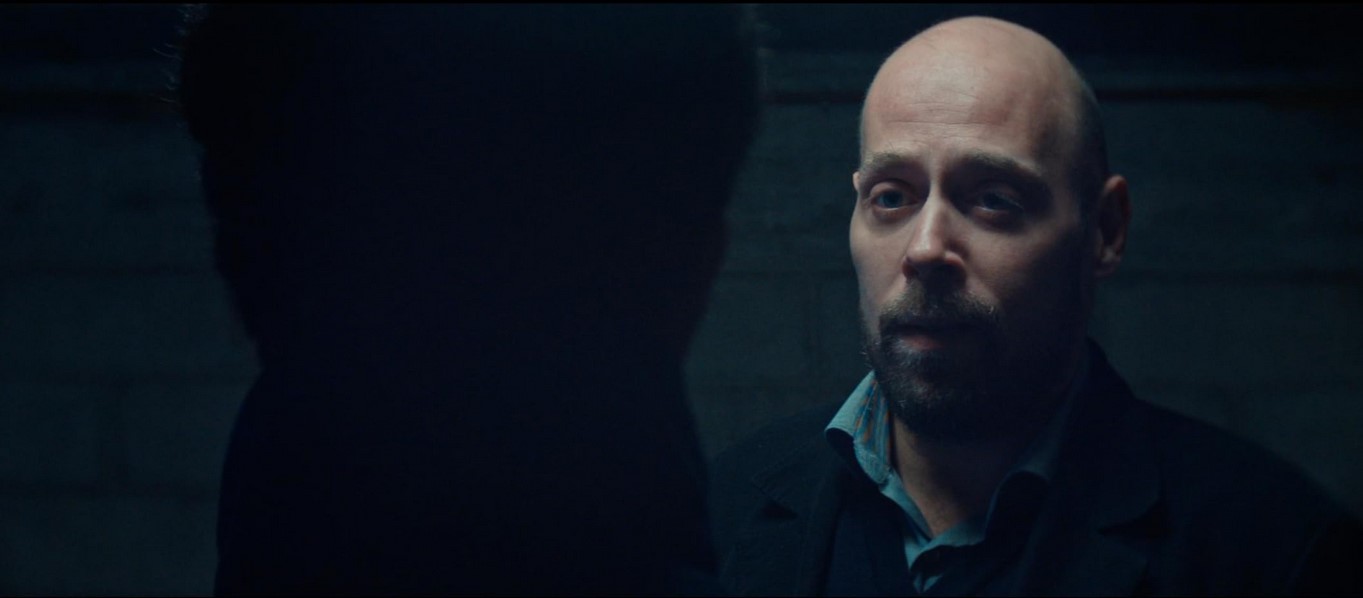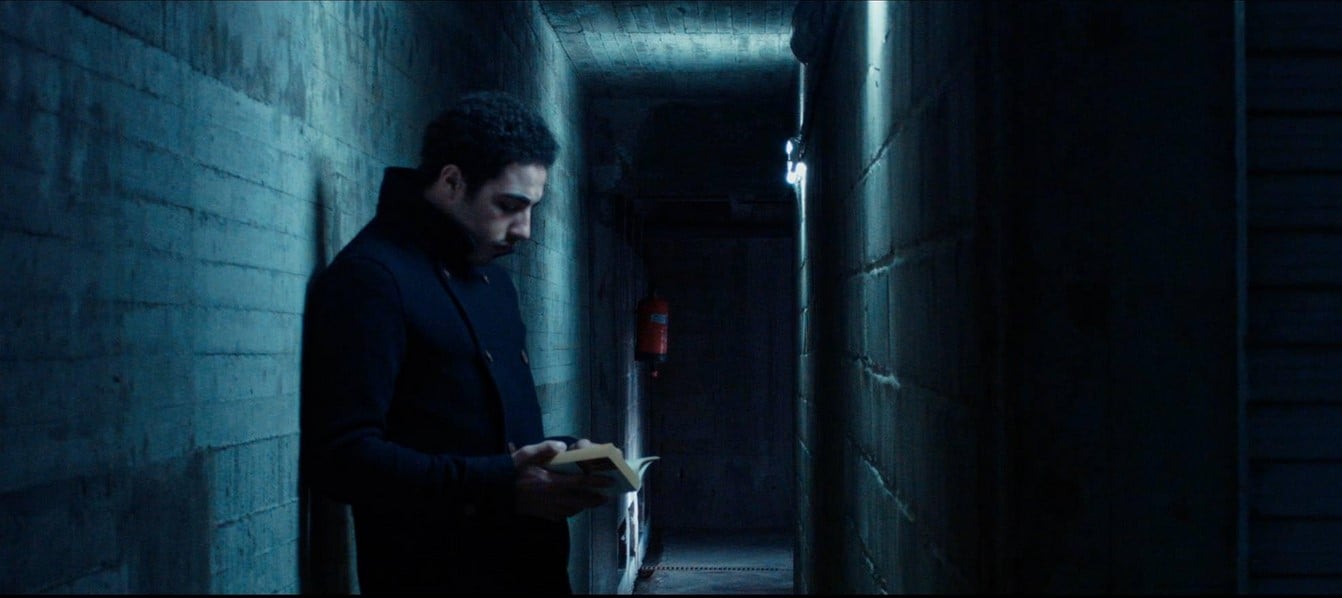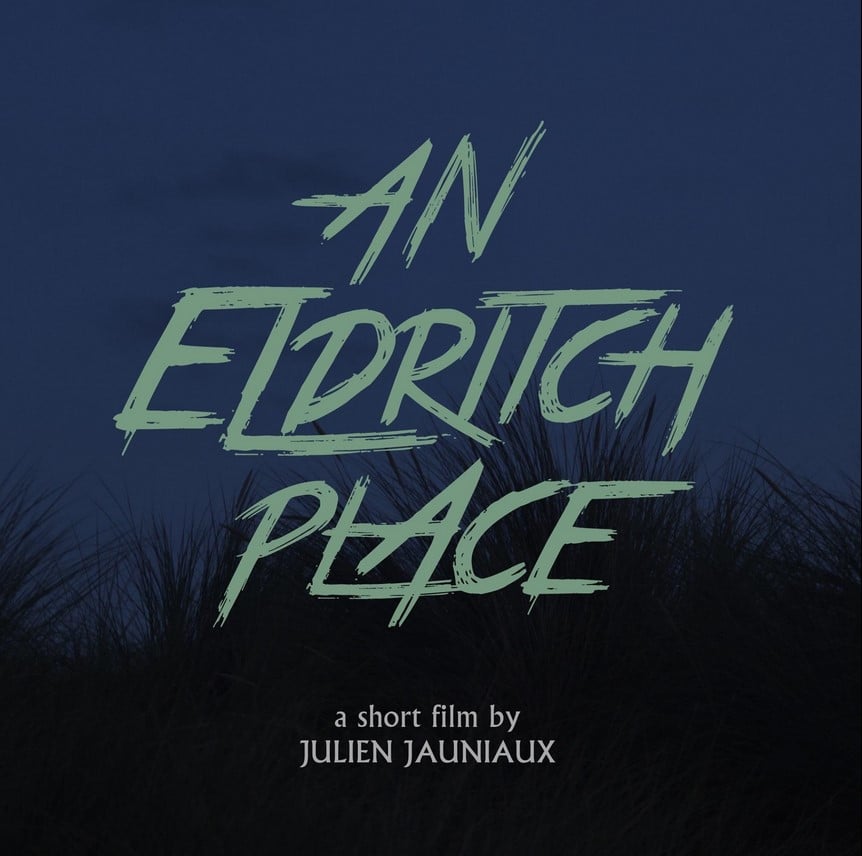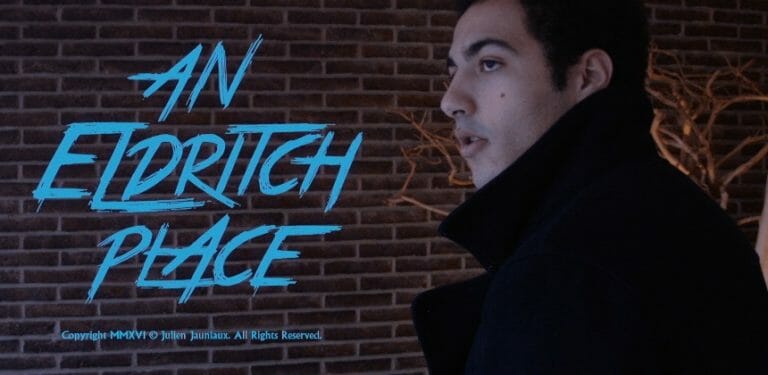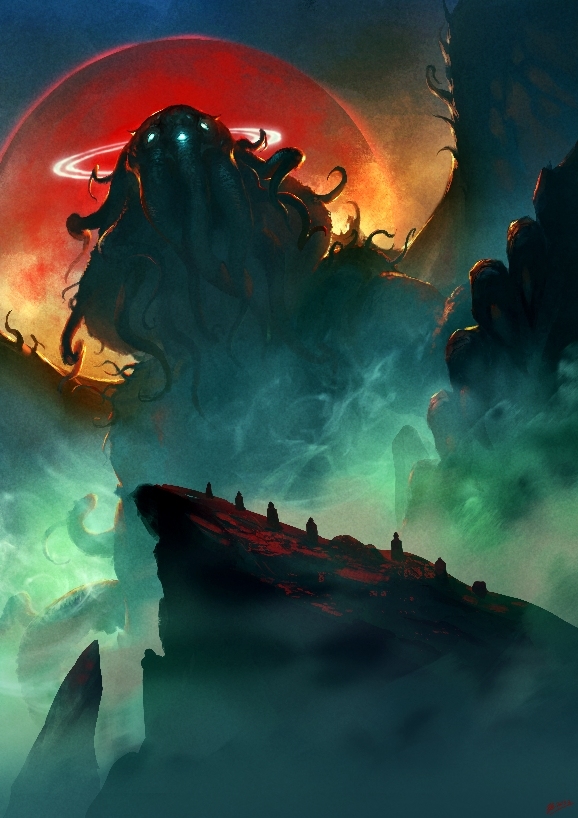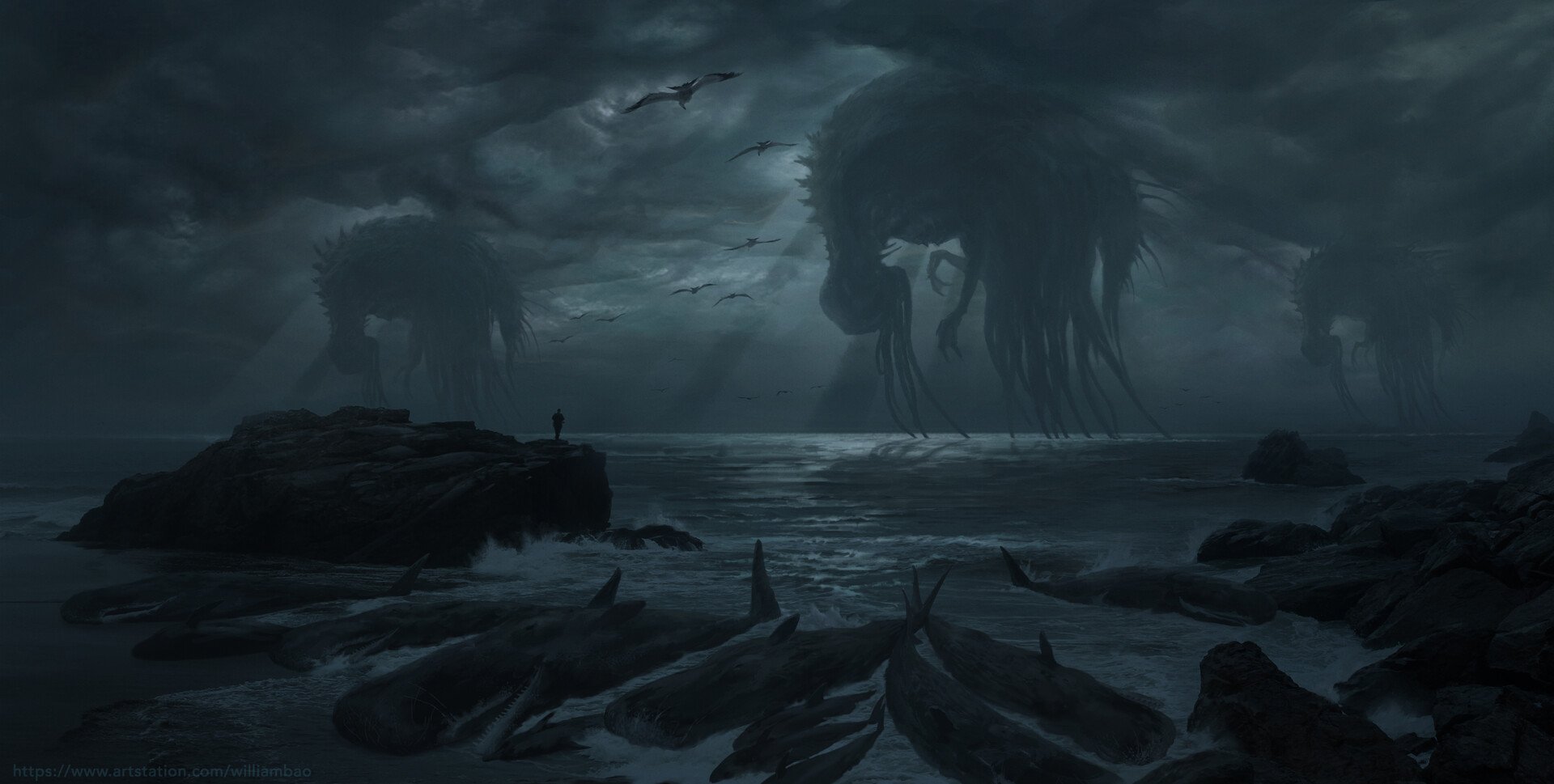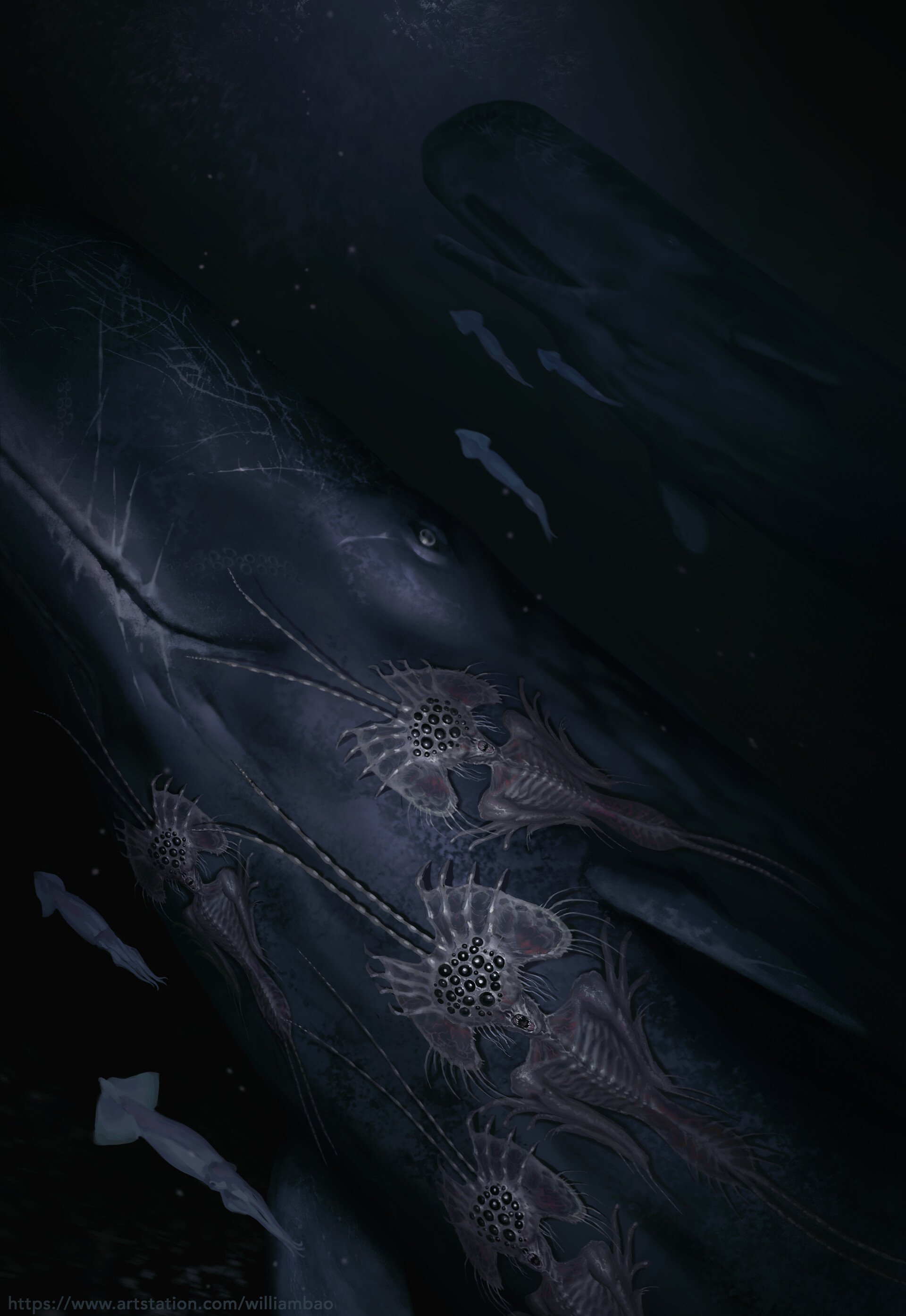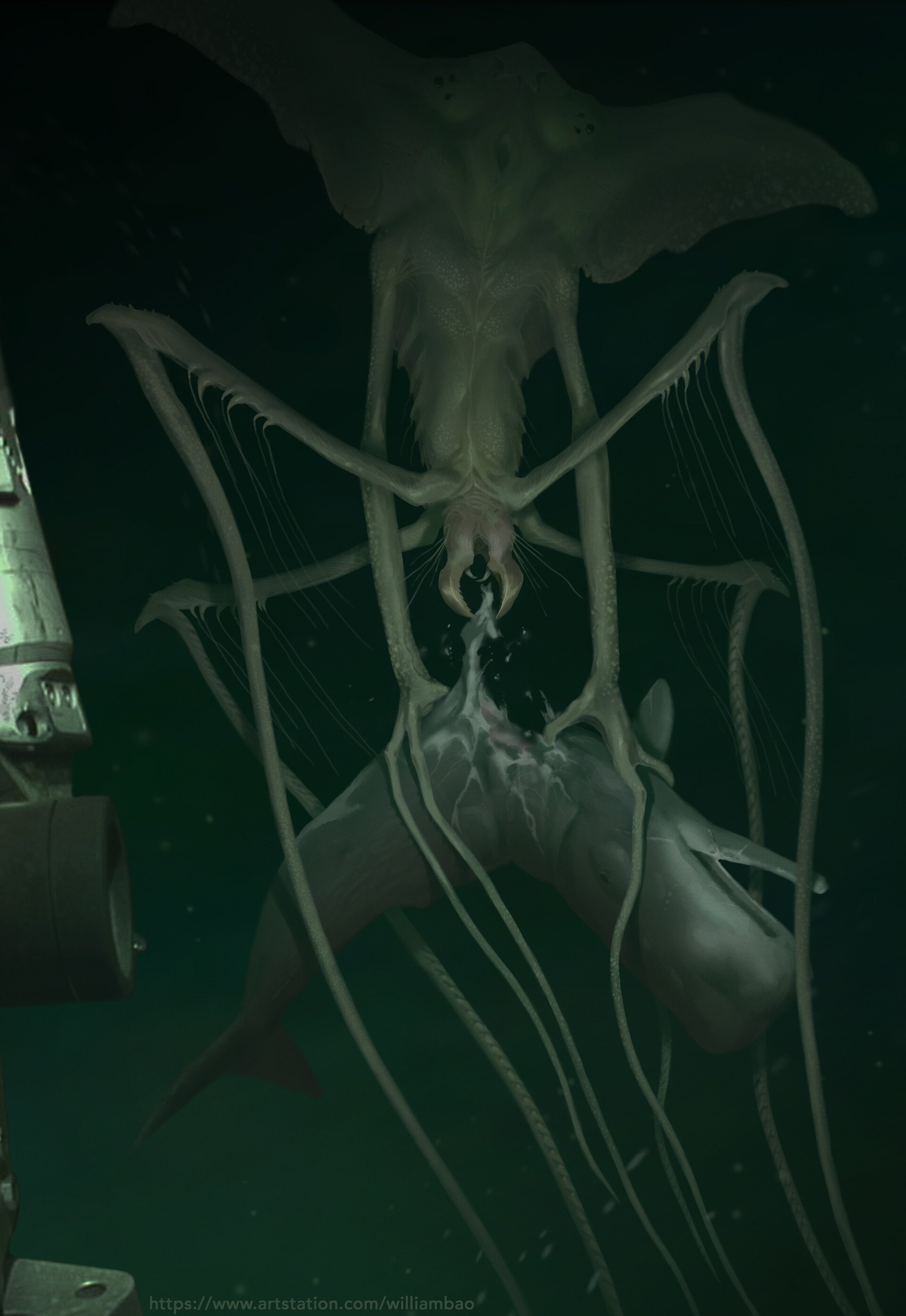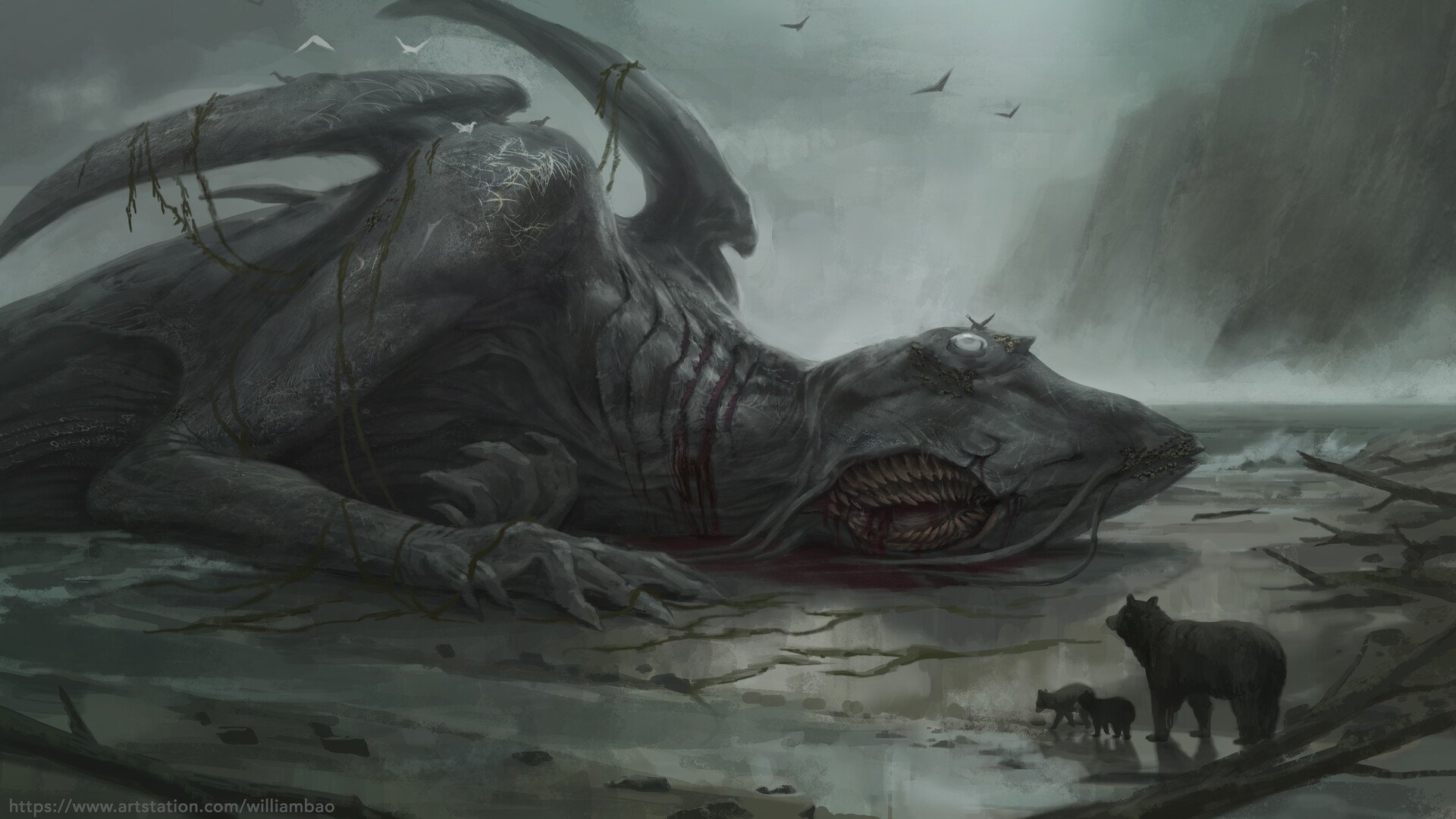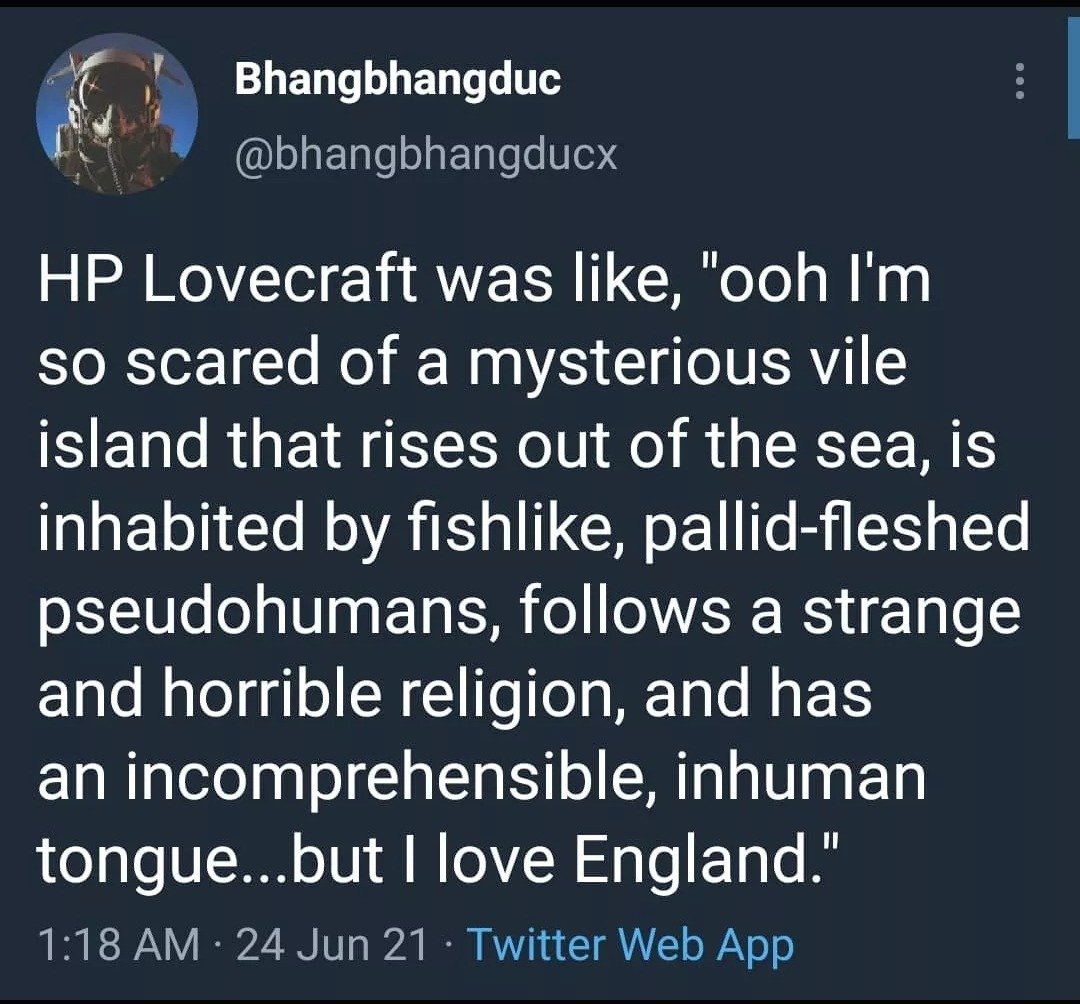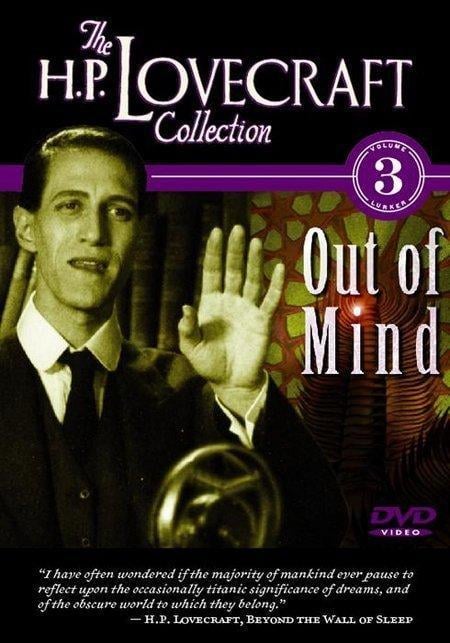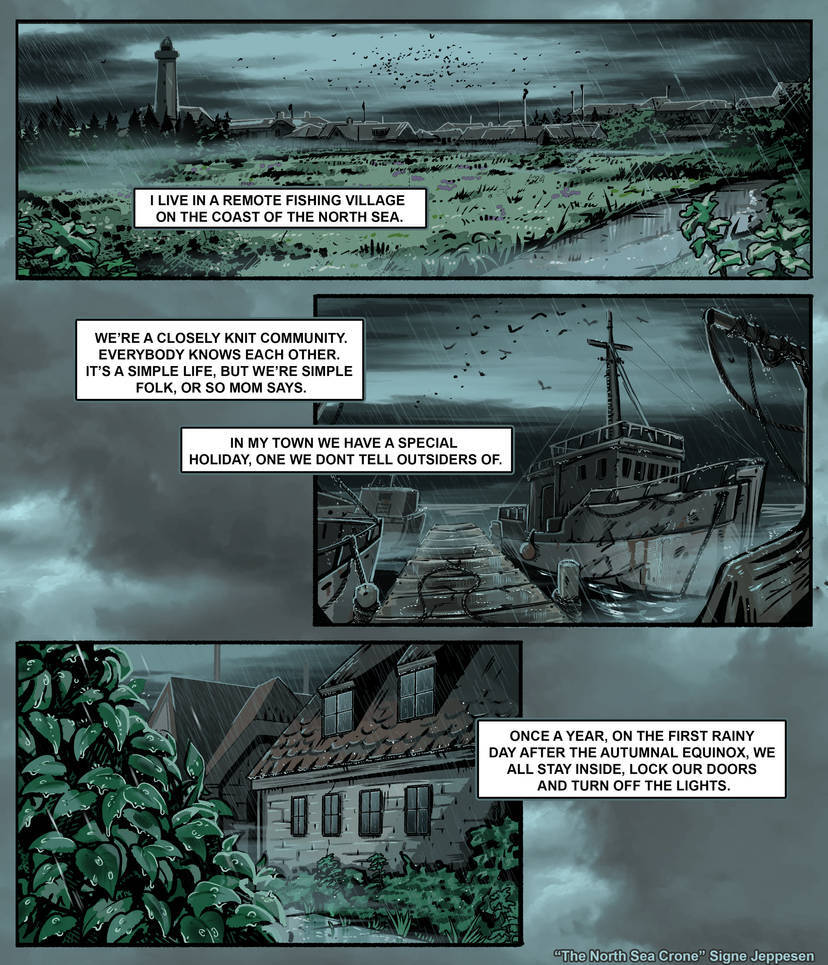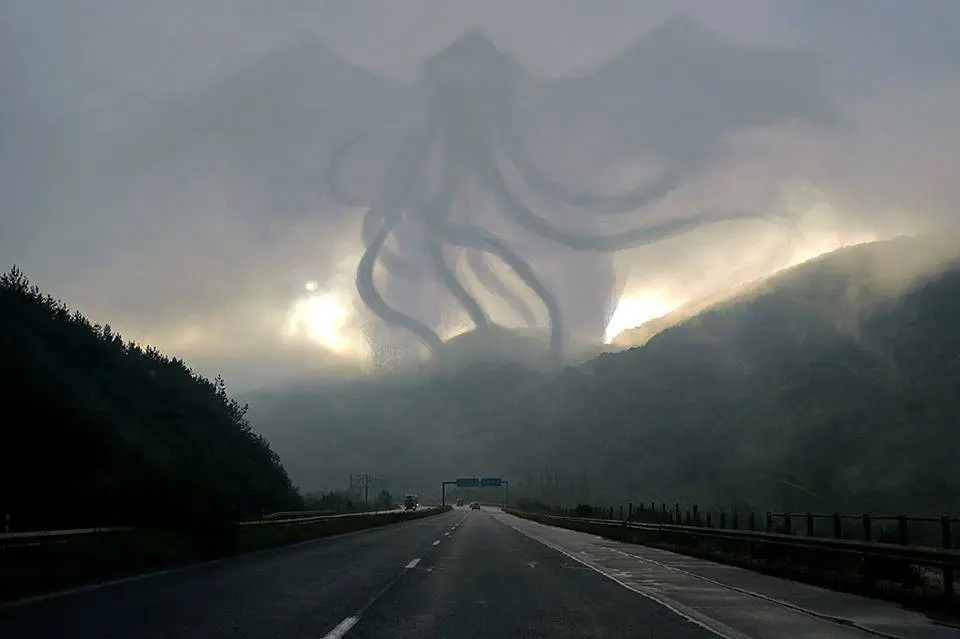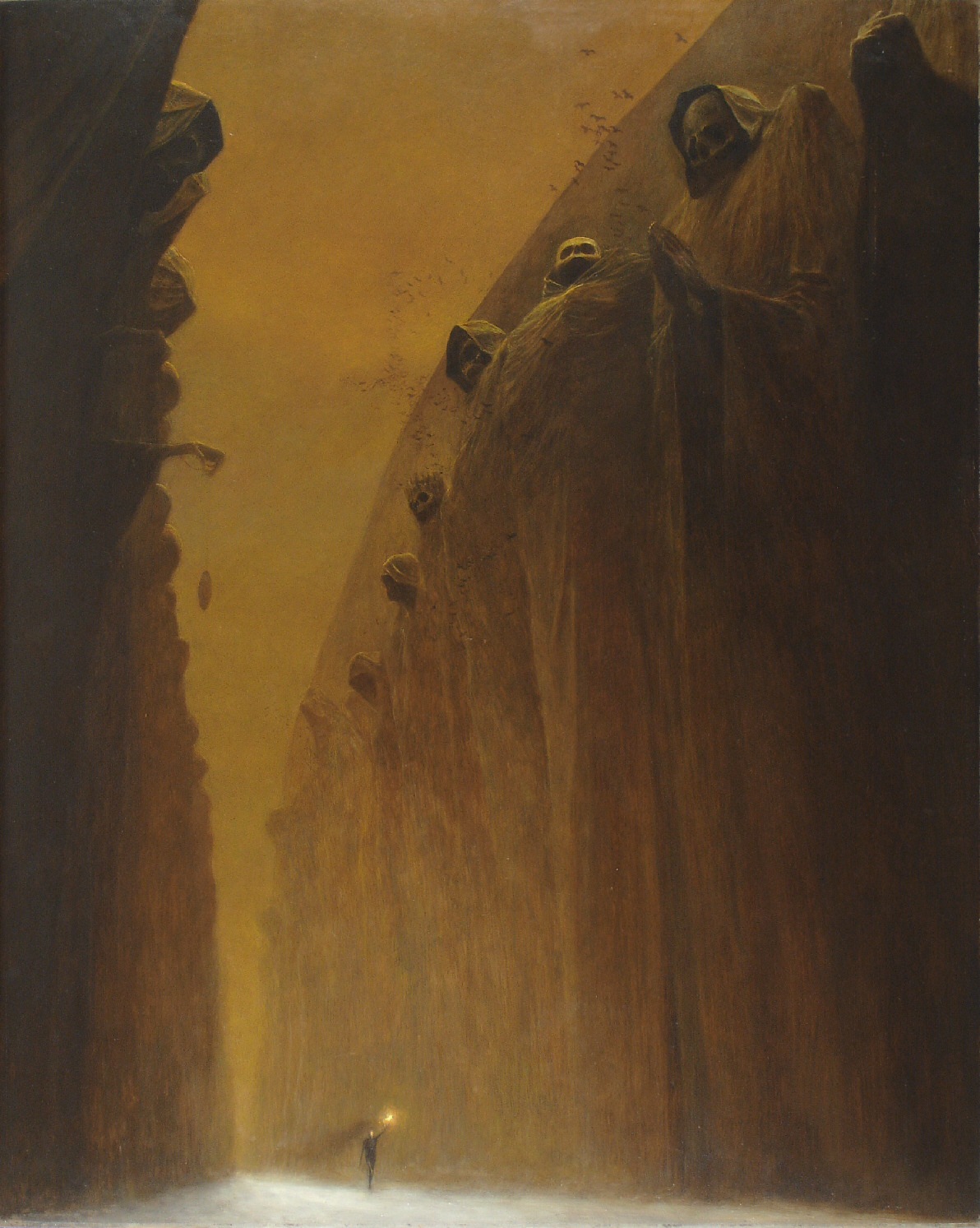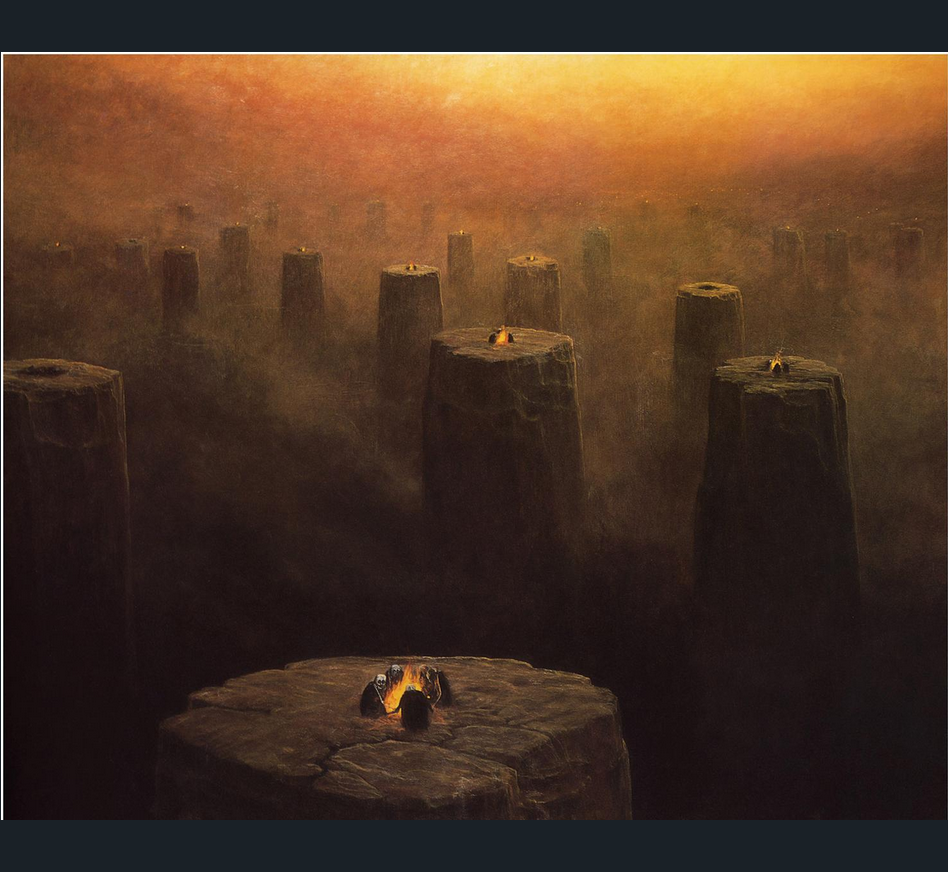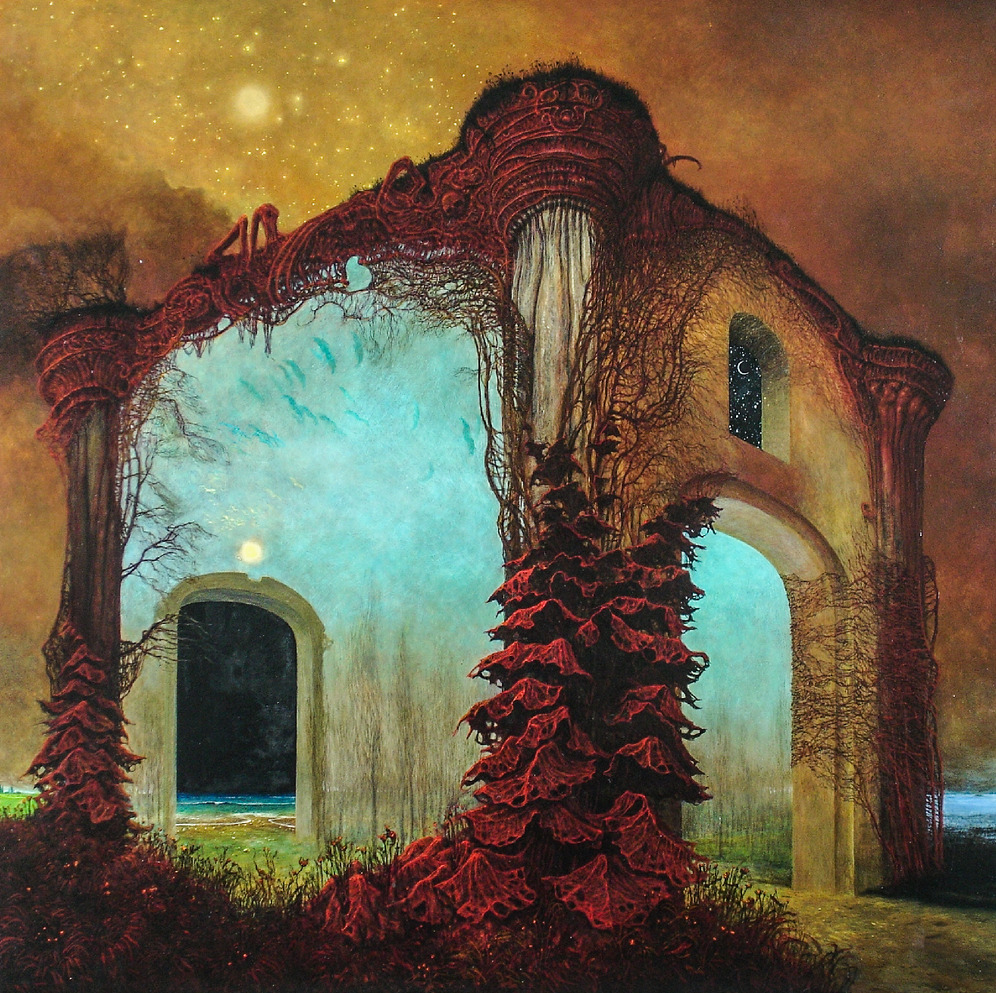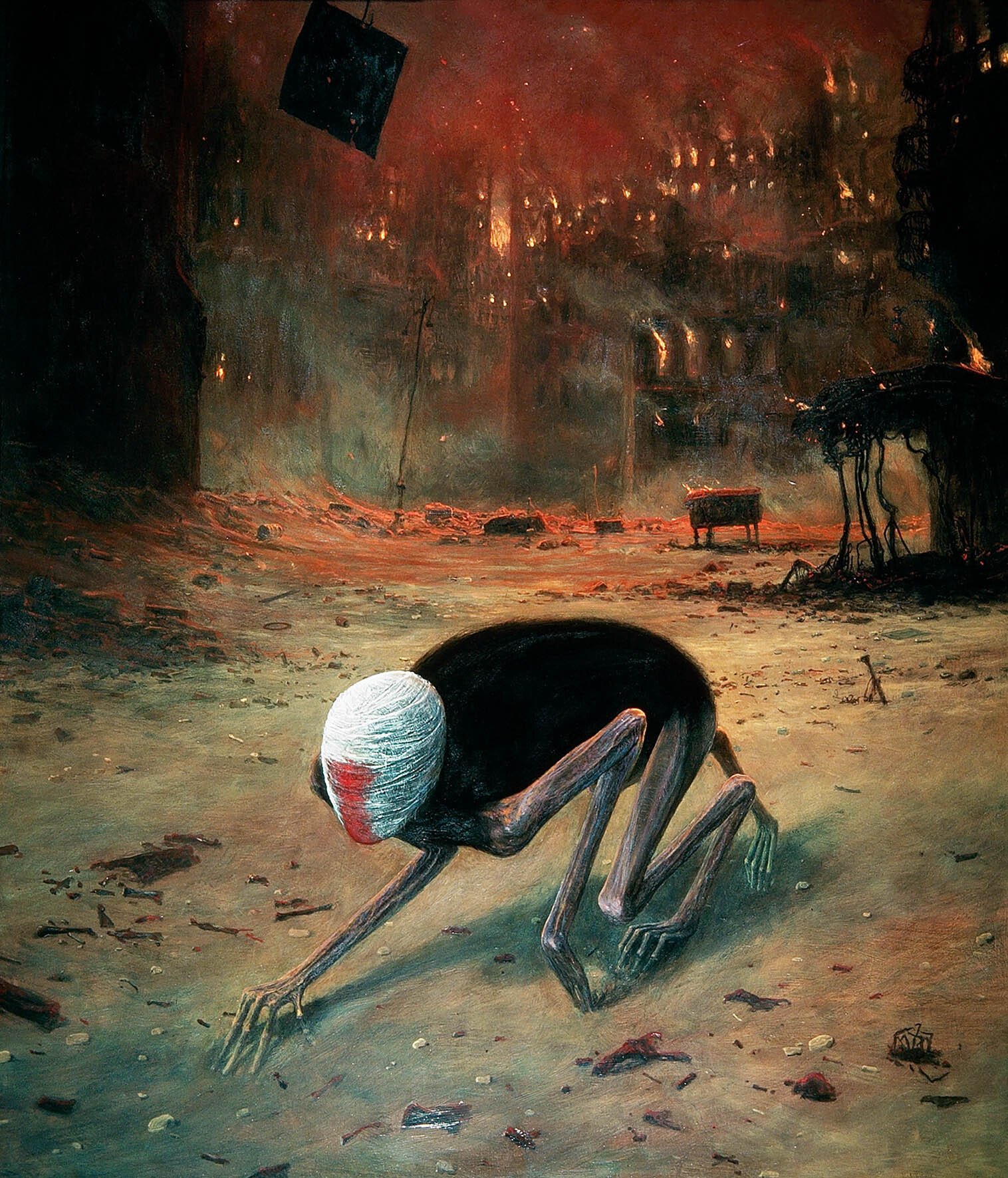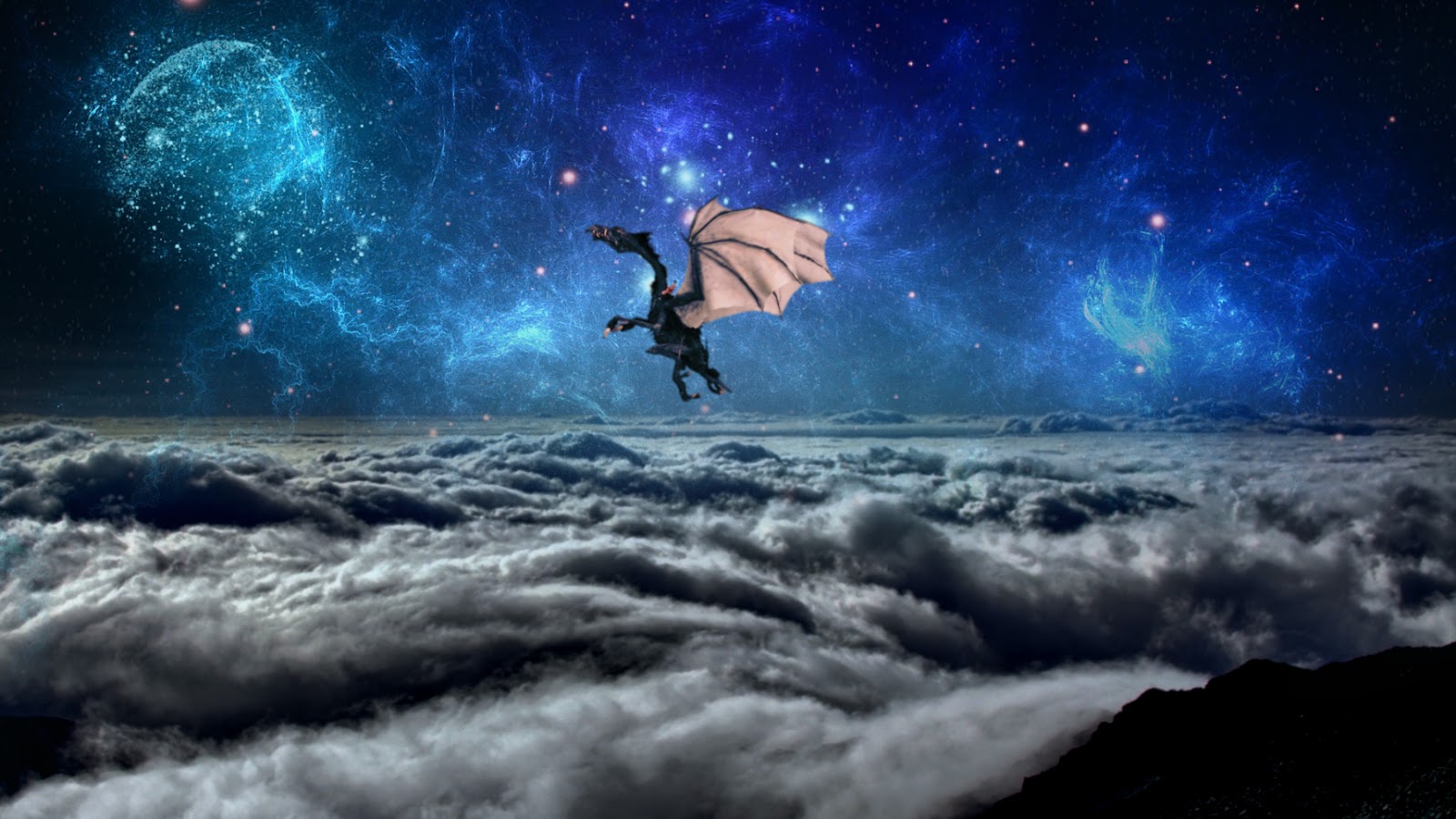H.P. Lovecraft was one of the most influential authors or horror stories of the last century. The last few decades have seen Lovecraft’s rise from a forgotten author of phantasmagoric pulp magazine fiction to a subject of serious academic study. (A second major biography has recently appeared.)
Lovecraft’s influence on other writers in the horror genre has been significant. His writing is considered to be seminal, and it still exerts a powerful influence on artists and film makers. A distinctive feature of Lovecraft’s ficton that sets it apart from that of many writers in the genre is his construction, as he wrote, of a “background of consistent and elaborate pseudo-myth”. Thus, his invention of the ultimate grimoire – the Necronomicon – was an important part of his fictional modus operandi.
Lovecraft first referred to the Necronomicon in 1922 in his short story “The Hound”. (“The Hound” was later collected in the volume Dagon and Other Macabre Tales, which was published by Arkham House in 1965.) He would refer to the Necronomicon in several other stories. A circle of writers who were friends and correspondents with Lovecraft also started referring to the Necronomicon in their horror tales, which in turn solidified its “existence”. The fact that they would refer to the Necronomicon along with actual books dealing with witchcraft and demonology helped to sell the illusion. Inspired by Lovecraft’s lead, this literary “circle” also invented arcane and “forbidden” texts: Clark Ashton Smith’s The Book of Eibon, Robert E. Howard’s Unaussprechlichen Kulten and Robert Bloch’s Cultes de Goules and De Vermis Mysteriis were all forbidden books invented to add further depth to their spine-tingling tales of horror. The “Lovecraft Circle’s” practice of inventing “forbidden books” is very well documented. Not only did they “invent” such books, they even went to great lengths to create bogus histories, which only added to the illusion of their existence.
Robert E. Howard first introduced Nameless Cults through his story “The Children of the Night” (1931). In 1932, Lovecraft came up with a German title for it – Ungenennte Heidenthume. Several of Lovecraft’s correspondents balked at this unwieldy title. August Derleth came up with the title Unaussprechlichen Kulten, which stuck, despite the fact that this more literally means “Unpronounceable Cults”: “Die Unaussprechlichen Kulten” or “Unaussprechliche Kulten” would be more correct. The reason for this debate amongst the circle of authors is clear – the German is technically incorrect. The adjective would end in -e for the indefinite plural, not an -n, to with: Unaussprechliche Kulte… If we wish to accept “Nameless Cults” as being the correct wording for an English translation, we would have to accept “Von Unaussprechlichen Kulten” as being the real German title of the work. The addition of the “Von” also allows us to keep the -n ending (perhaps even more appropriate would have been “Die Namenlosen Kulte”). In any case, although Lovecraft doesn’t mention this forbidden text any more than he does others, but he does give its publication “history” in the story “Out of the Aeons”:
“… a glance at the hieroglyphs by any reader of von Junzt’s horrible Nameless Cults would have established a linkage of unmistakable significance. At this period, however, the readers of that monstrous blasphemy were exceedingly few; copies having been incredible scarce in the interval between the suppression of the original Düsseldorf edition (1839) and of the Bridewell translation (1845) and the publication of the expurgates reprint by the Golden Goblin Press in 1909.”
According to surviving correspondence from Robert Howard to Lovecraft:
“1839: Unaussprechlichen Kulten was published in Düsseldorf. Written by Friedrich von Junzt [read Necronomicon in Greek translation]. Von Junzt dies six months after returning from trip to Mongolia while working on second book. Less than a dozen copies exist of this edition. Von Junzt relates many stories of the survivals of cults worshipping pre-human entities or prehistoric gods, such as Ghatanothoa, Bran, and others. The principle obscurity of this book is in Von Junzt’s use of the term "keys” – phrase used many times by him, in various relations, such as descriptions of the infamous Black Stone in Hungary and the legendary Temple of the Toad in Honduras."
Now, where all this dusty old literary shenanigans takes a more Nile-relevant turn of events… As I was working on this song “Unaussprechlichen Kulten” and driving myself nuts trying to figure out whether to stick with the original Lovecraft variant of the title or the more correct linguistic one, I got a call from Orion Landau (Relapse’s resident graphics genius).
Orion, at the time was working on the cover for my “Saurian Meditation” side project. He contacted me for a quote that he could use for the CD layout relating to the album’s theme. I was compelled to reply, “Oh, yeah sure” (as if there was some book on my shelf ready-made with authentic quotes concerning reptilian meditative states), but on the other end of the phone sat stark silence. In that pregnant moment of silence, a thunderbolt struck me, as I had, of course, been working on the Nile song gathering as much information that I could find on the much-vaunted “Unaussprechlichen Kulten”. I laughed, and said, “What the heck. Sure, I’ll send a quote over. No problem.” So, with Lovecraftian invention, I fashioned a fictitious quote (from the fictitious Von Junzt) from his fictitious Unaussprechlichen Kulten.
It worked so well that I went ahead and blew it up into a full-blown song. After “Saurian Meditation” came out, I got a rash of e-mails wanting to know where they could obtain a copy of Unaussprechlichen Kulten, as they had, of course, been unable to locate any of the supposedly existing copies. Try as I might to convince these insistent folks of the truth, they were steadfast in the conviction that the quotes were indeed authentic. Although I denied owning any such book, in their minds I was merely lying to them. They thought I was keeping the dreaded, “legendary” tome to myself. One of them, an obviously bright and thoroughly versed literary student from East Germany (who I will respectfully name here only as “Torsten”), was adamant on the subject, as he had managed to find an empty catalog reference (with the volume long missing from a library shelf in Prague) to an unrelated work by a German author of the same period (Hamburg, 1837) with a very similar name, Frederick von Juntz. In my mind, this coincidence only underscores the incredible, timeless power of H.P. Lovecraft’s works, and the ingenious way his fantastic stories continue to exert their mysterious, otherworldly power.

